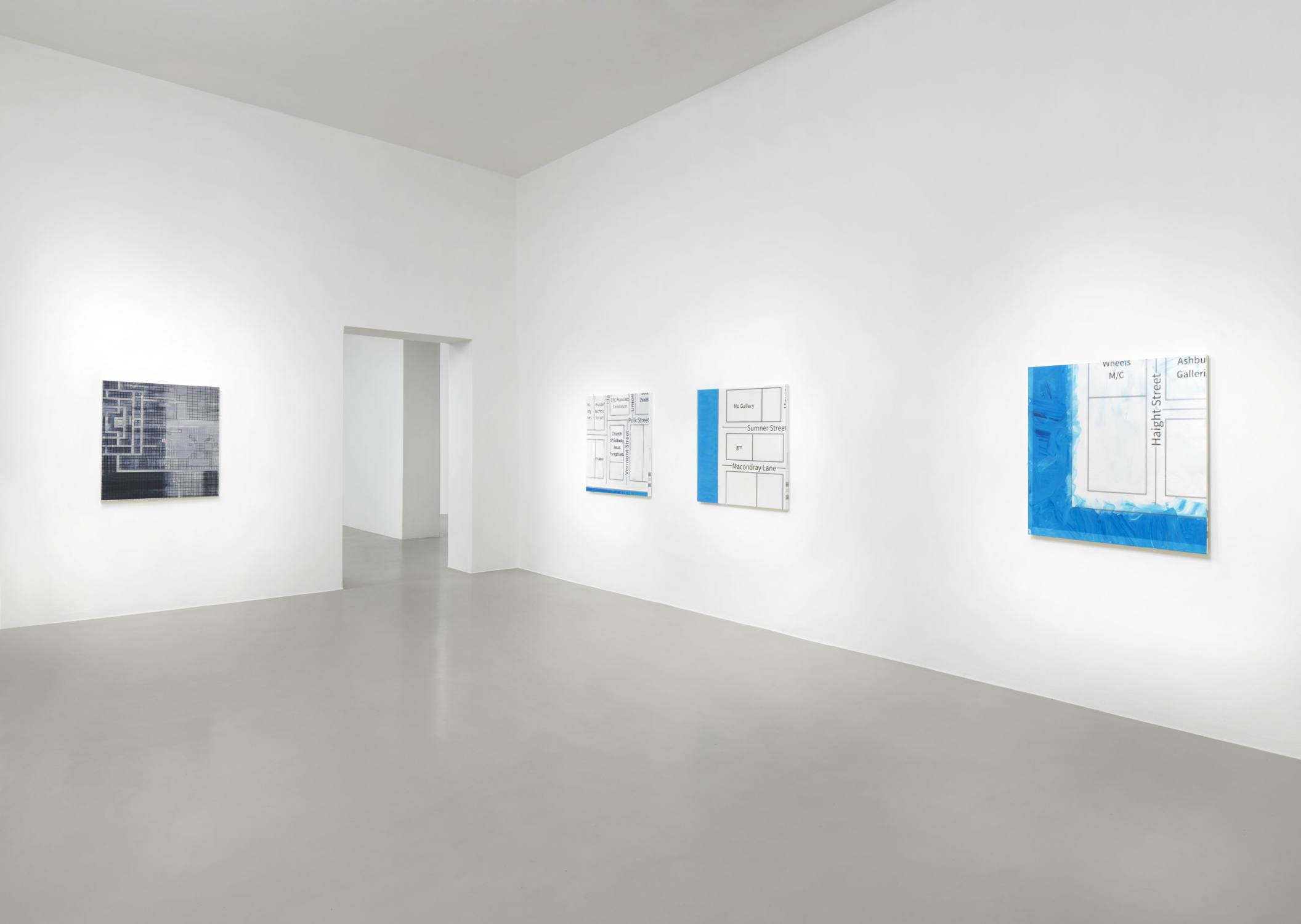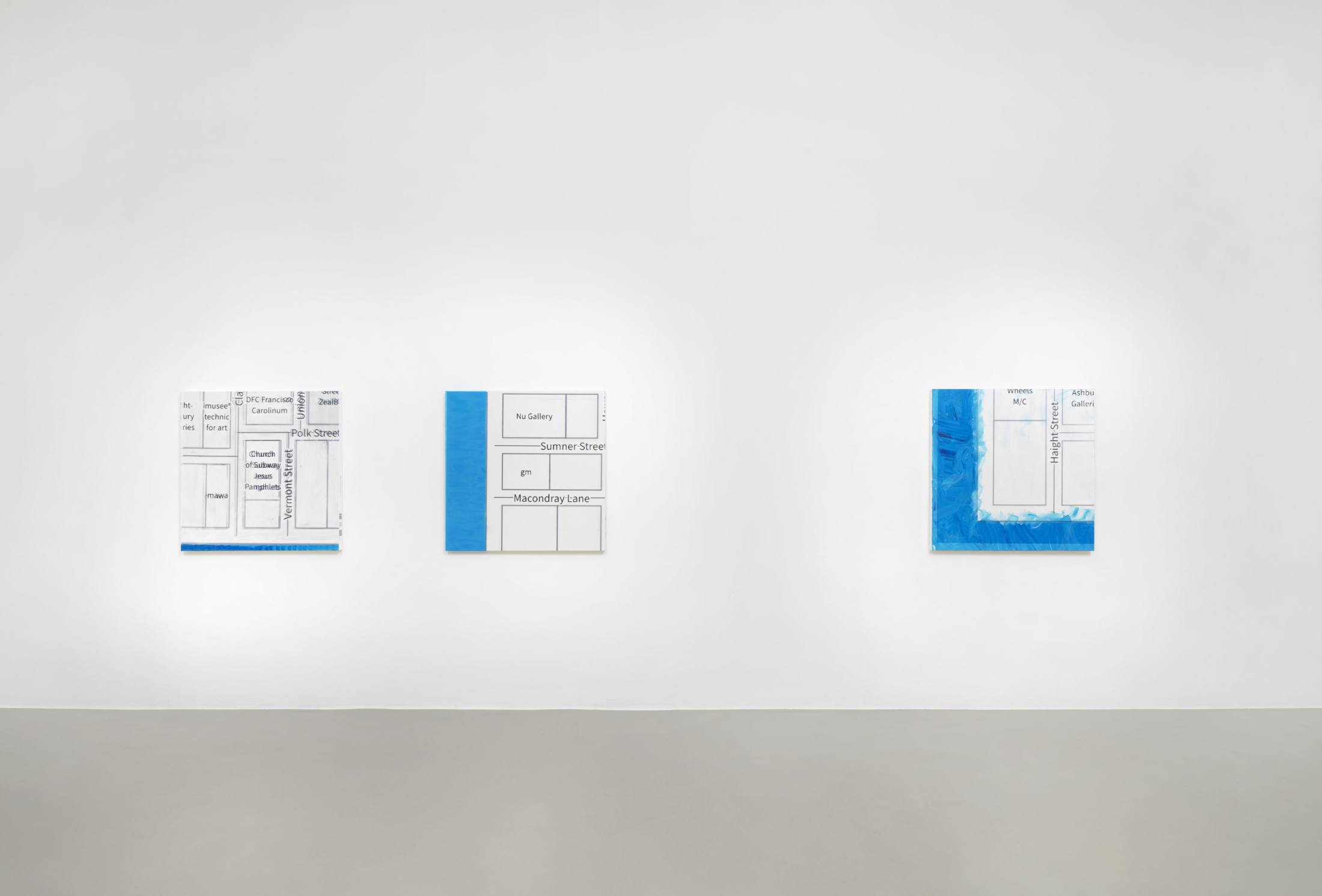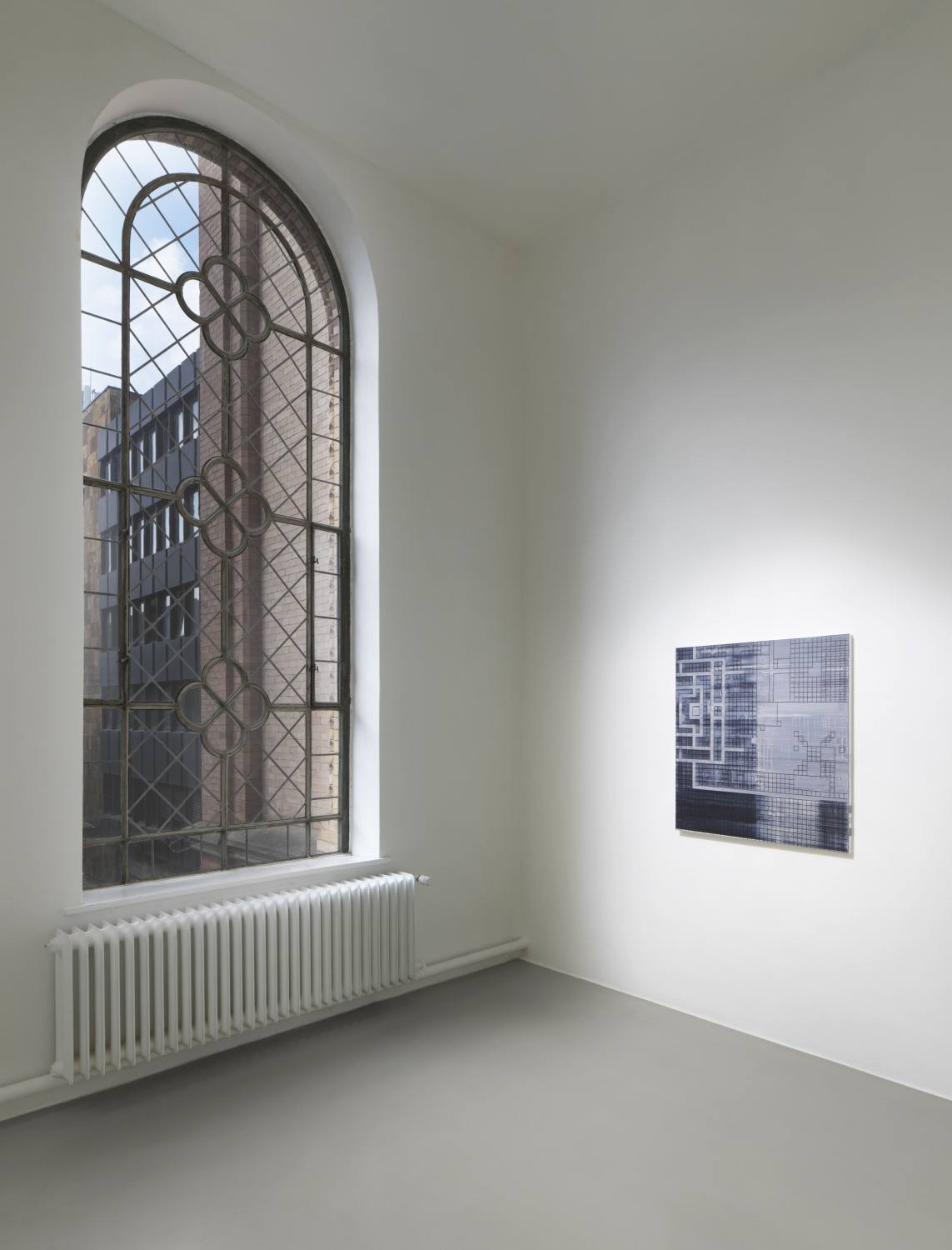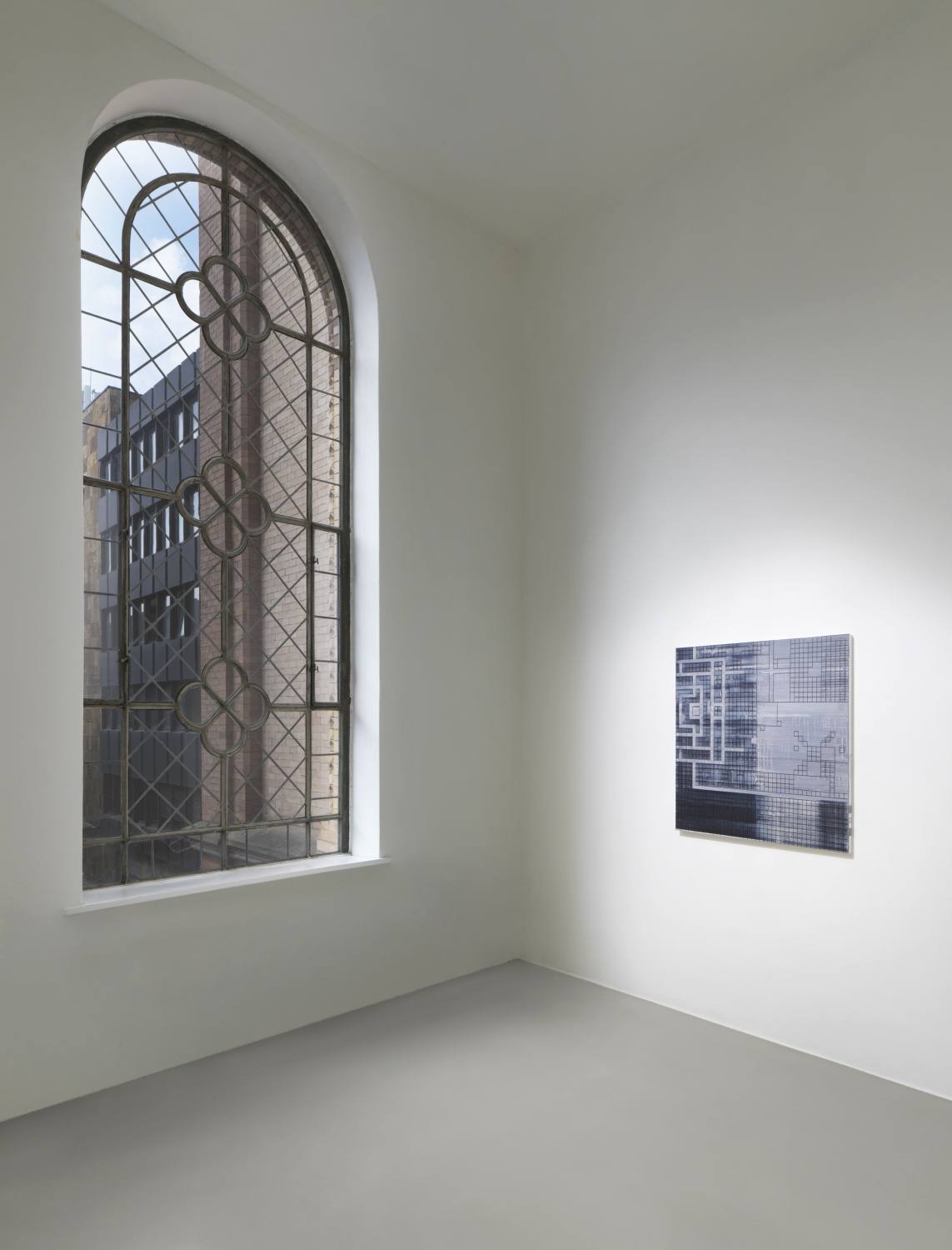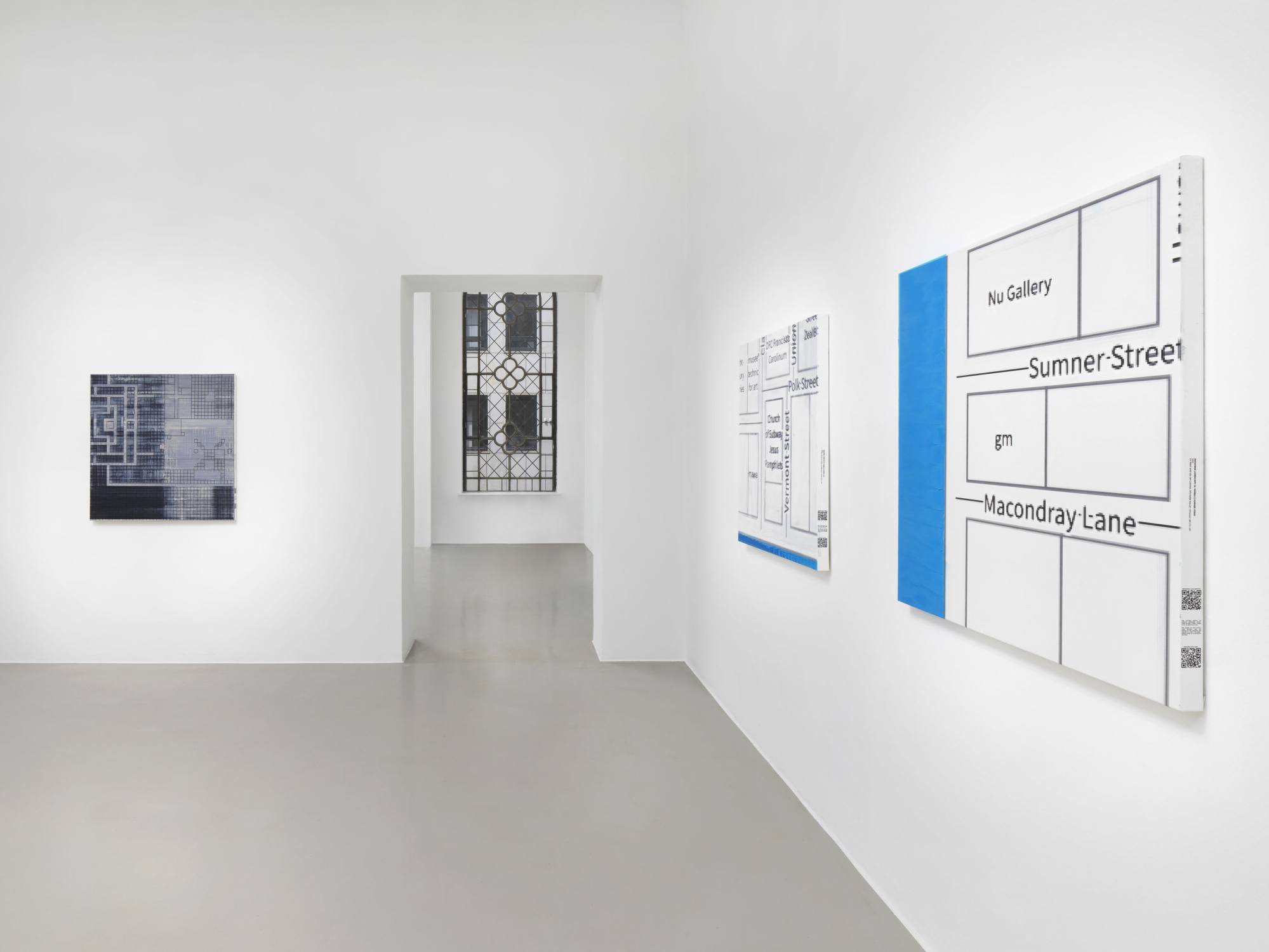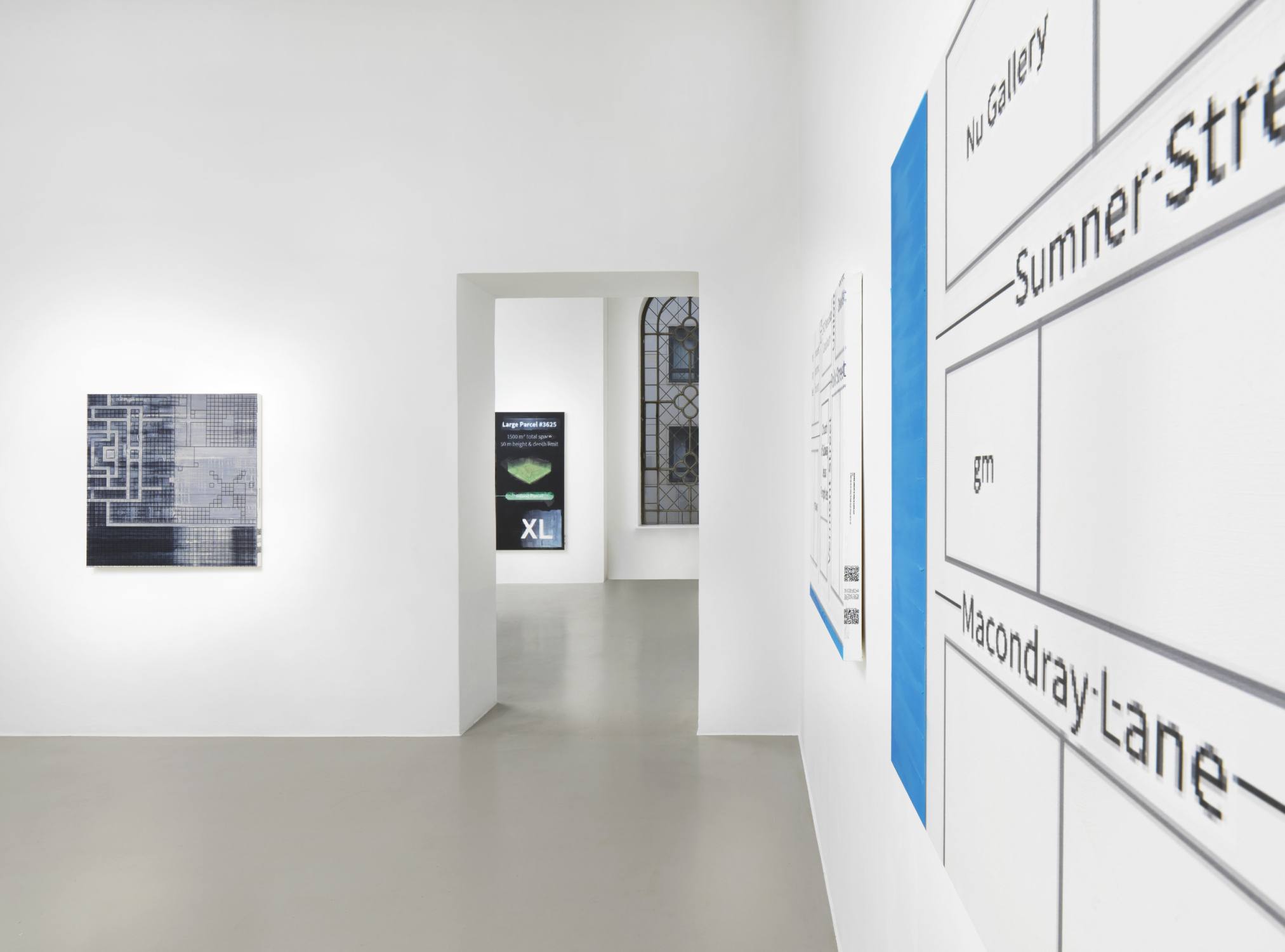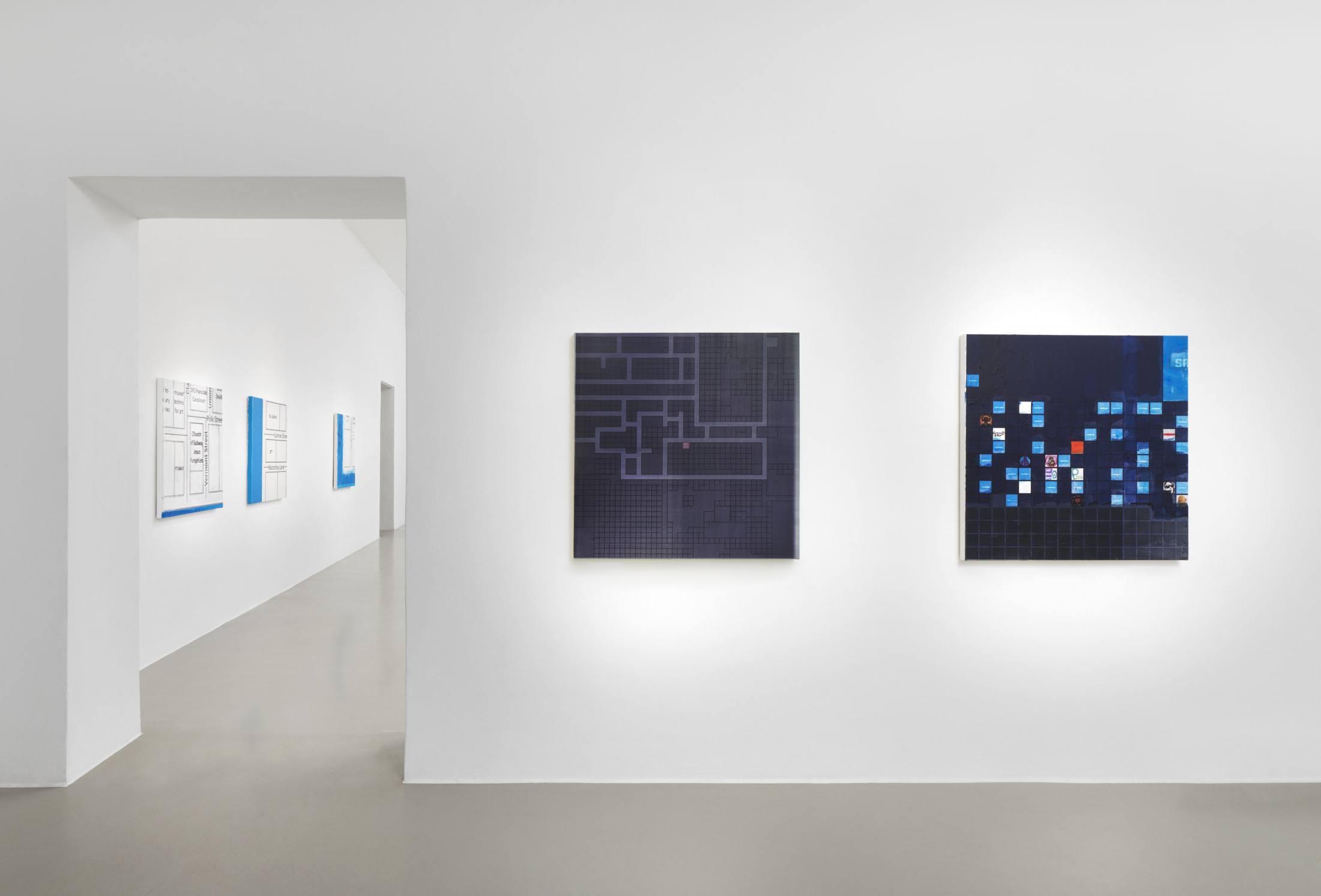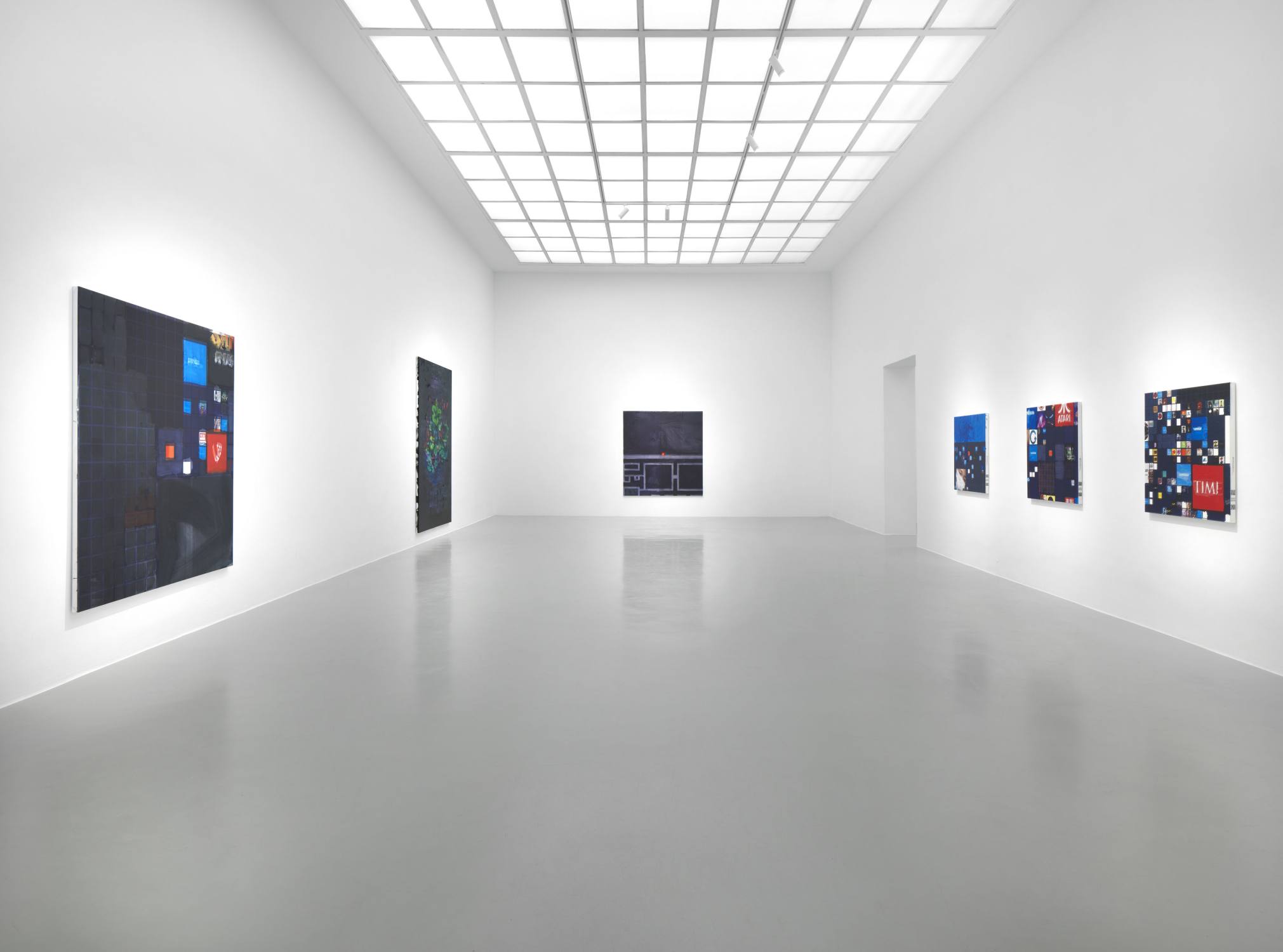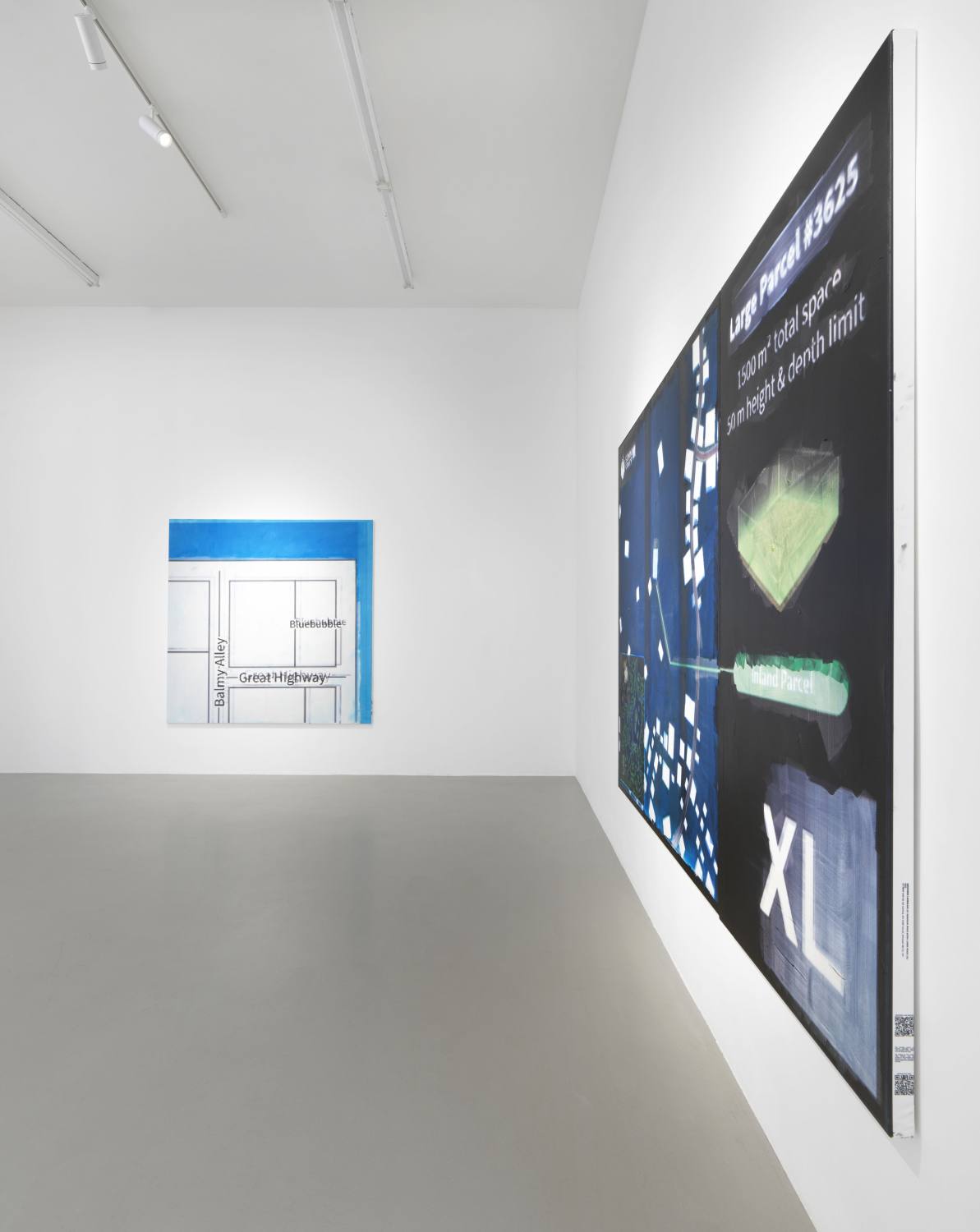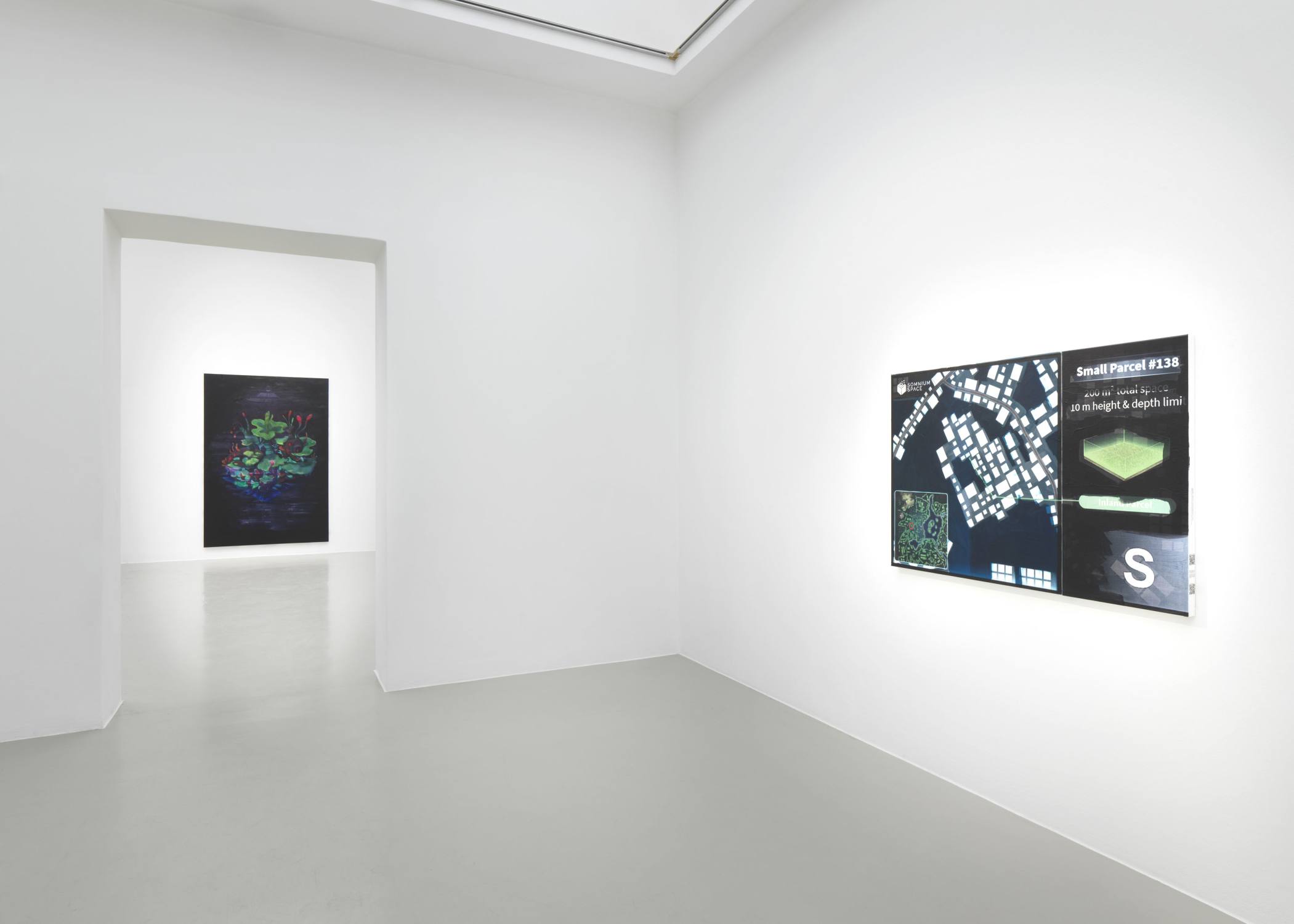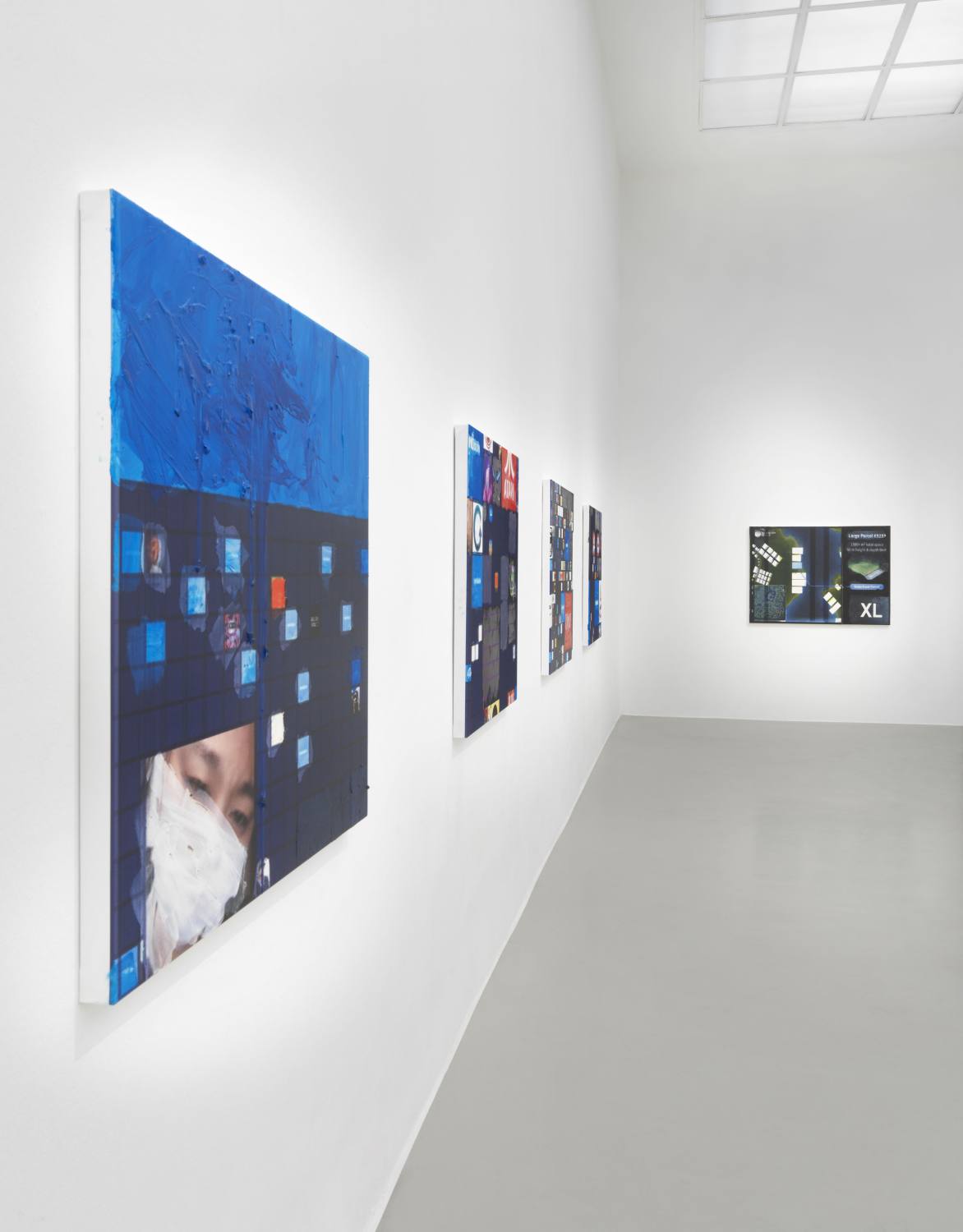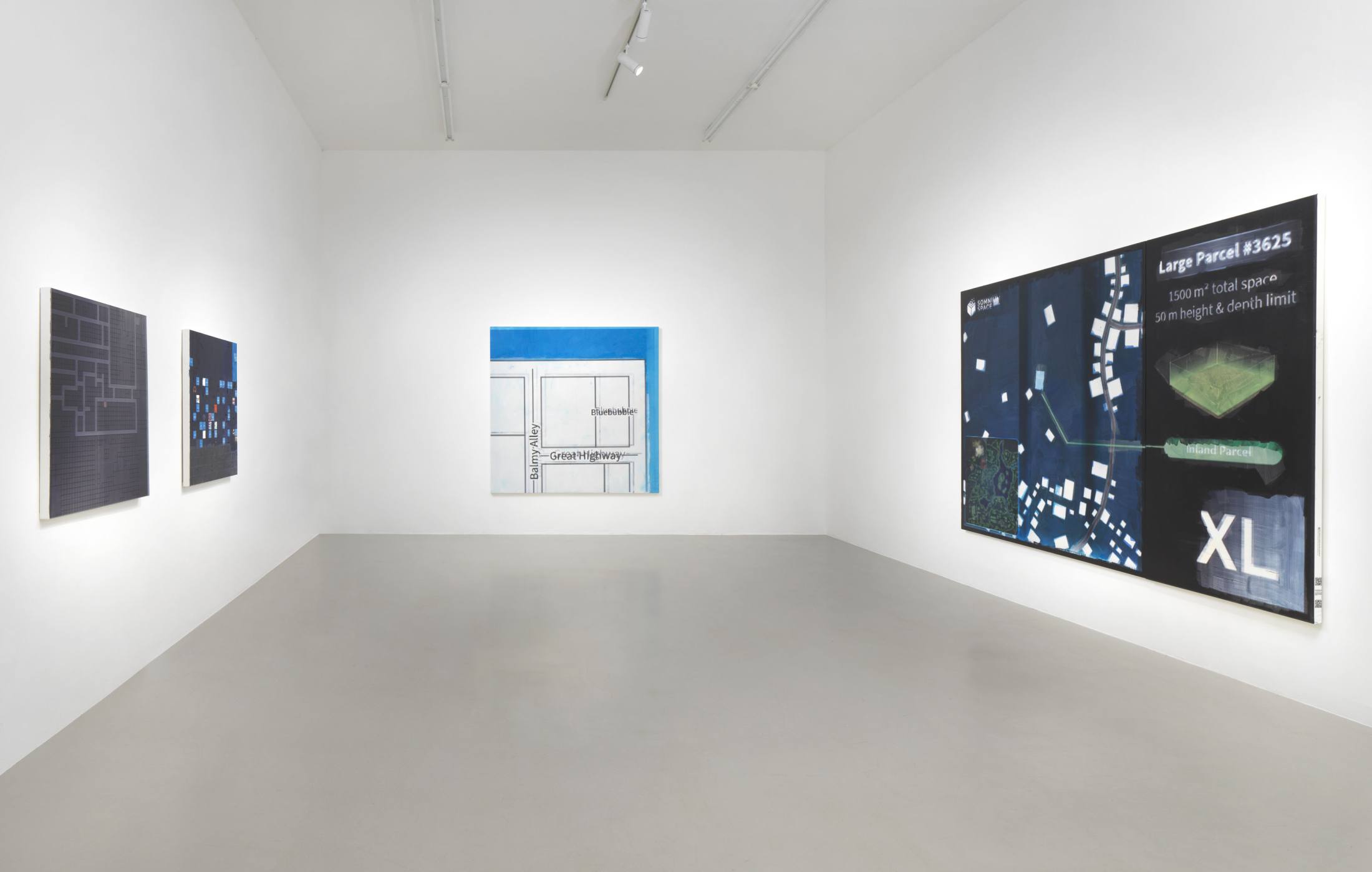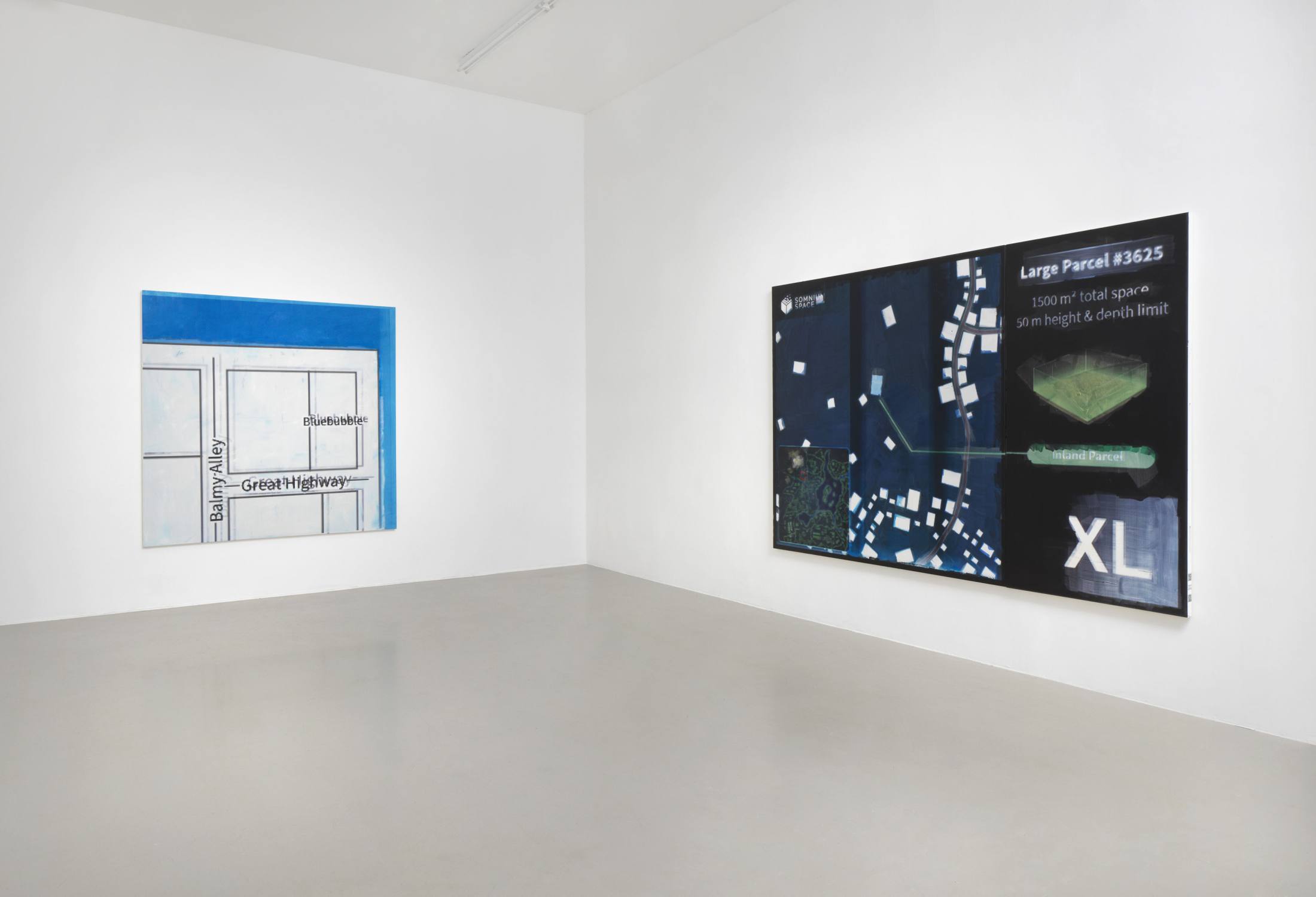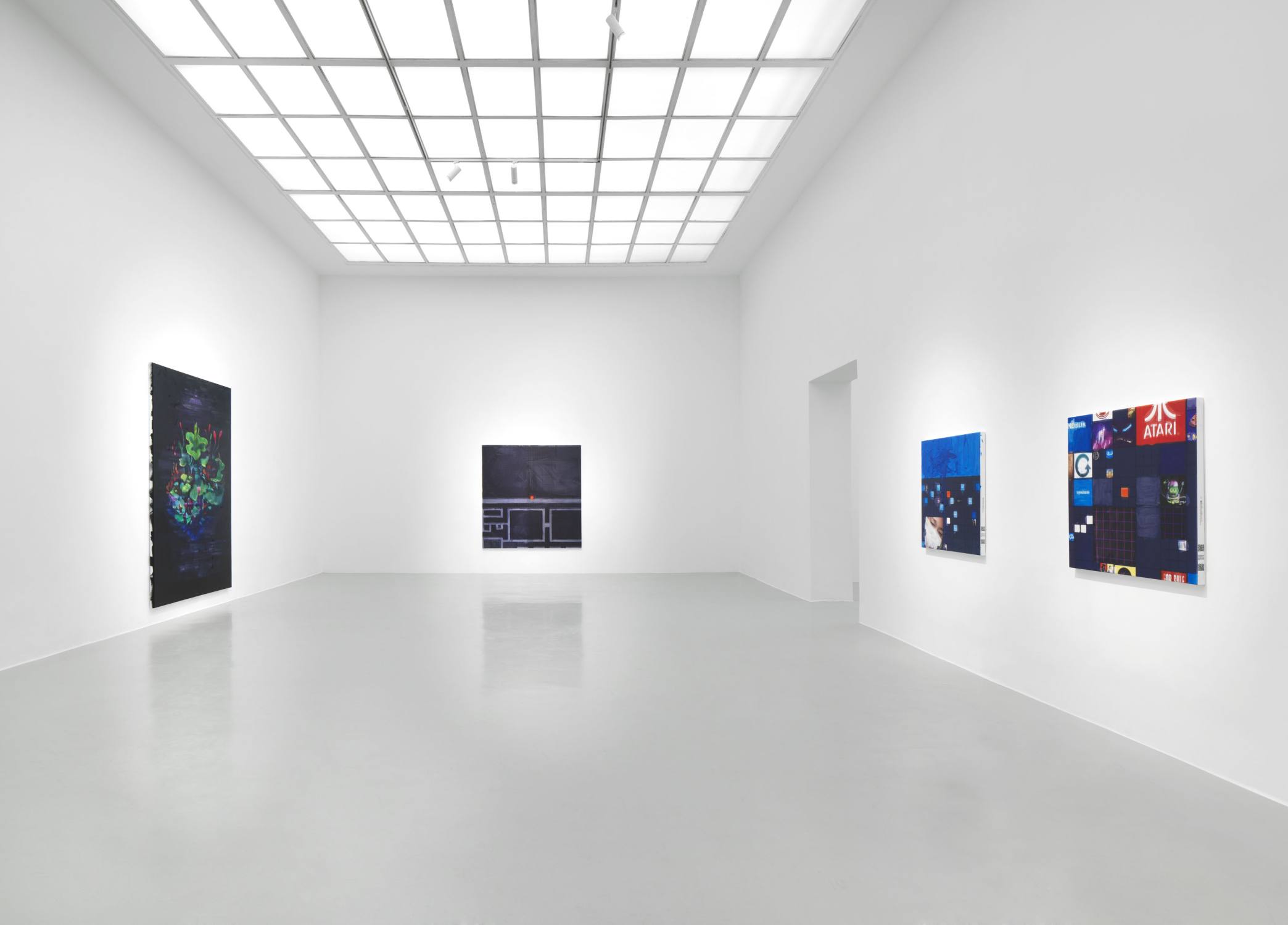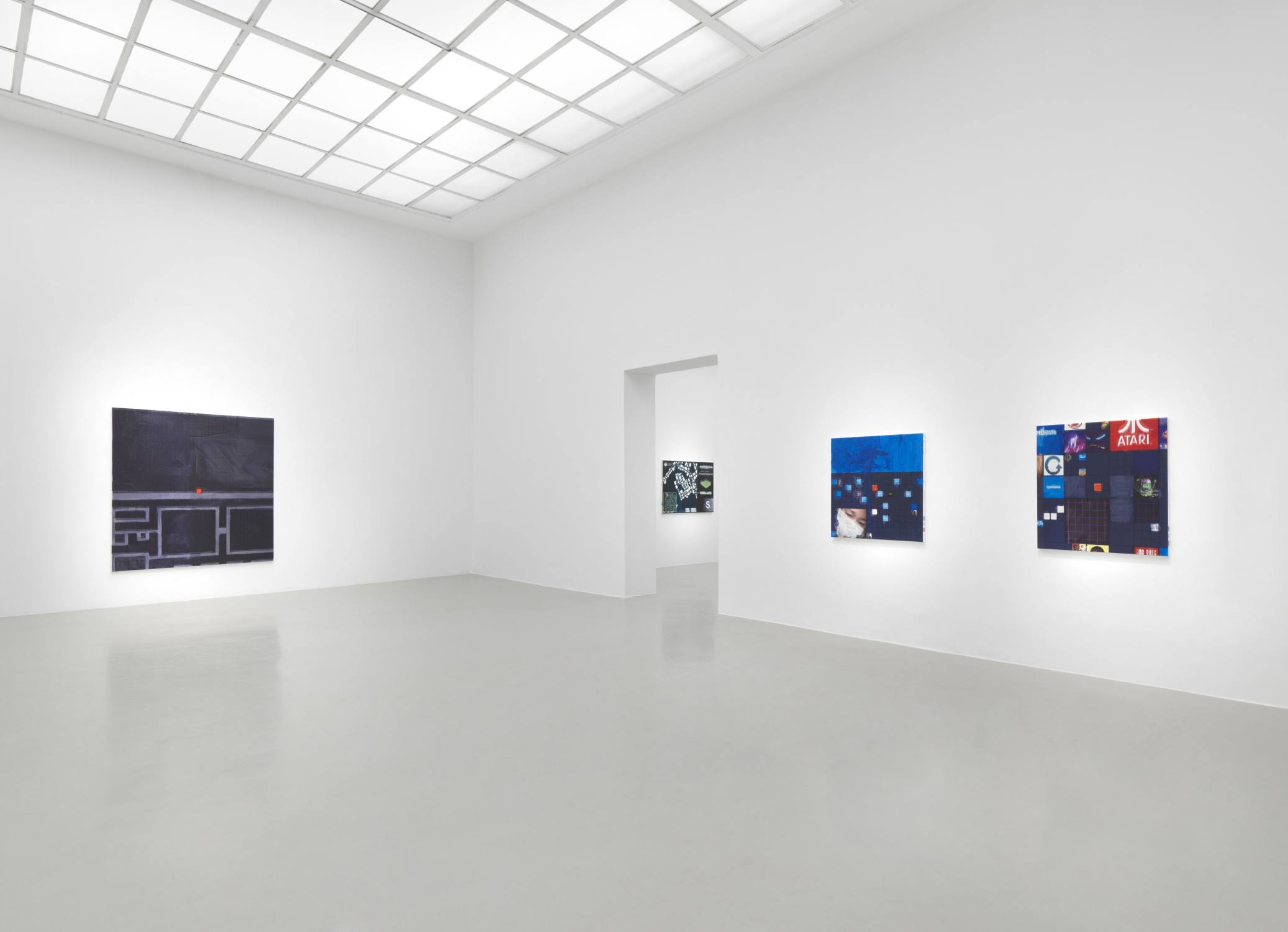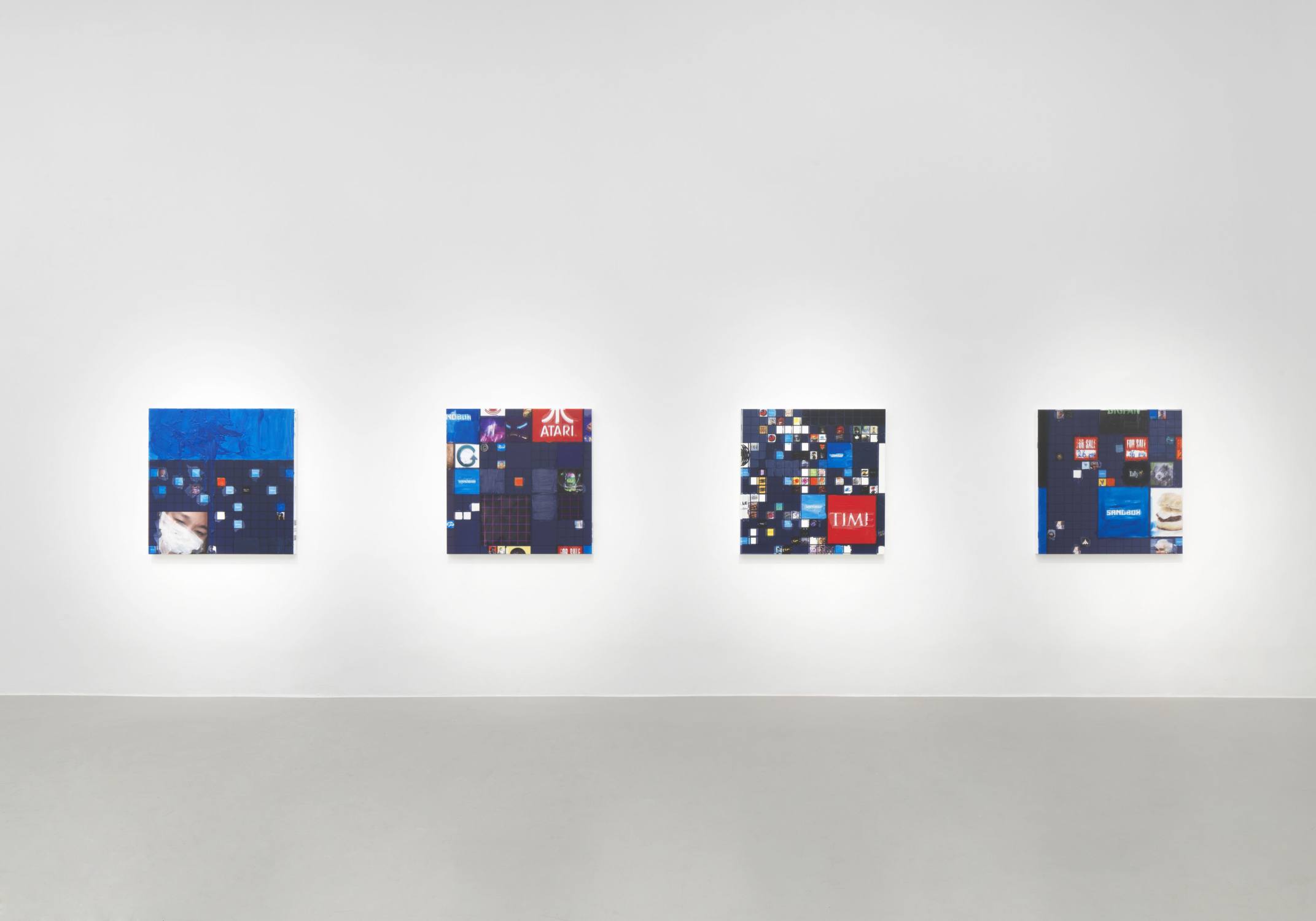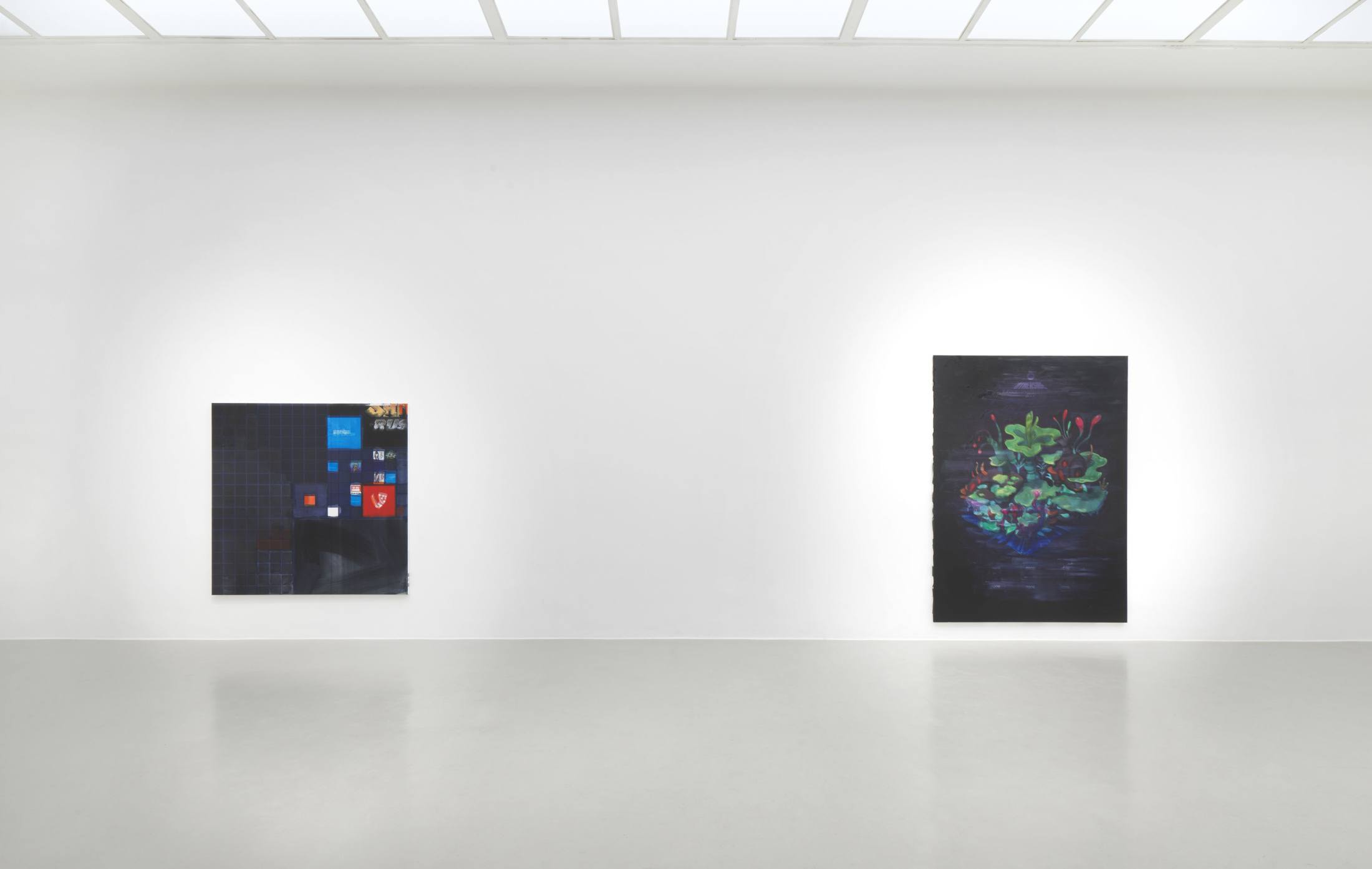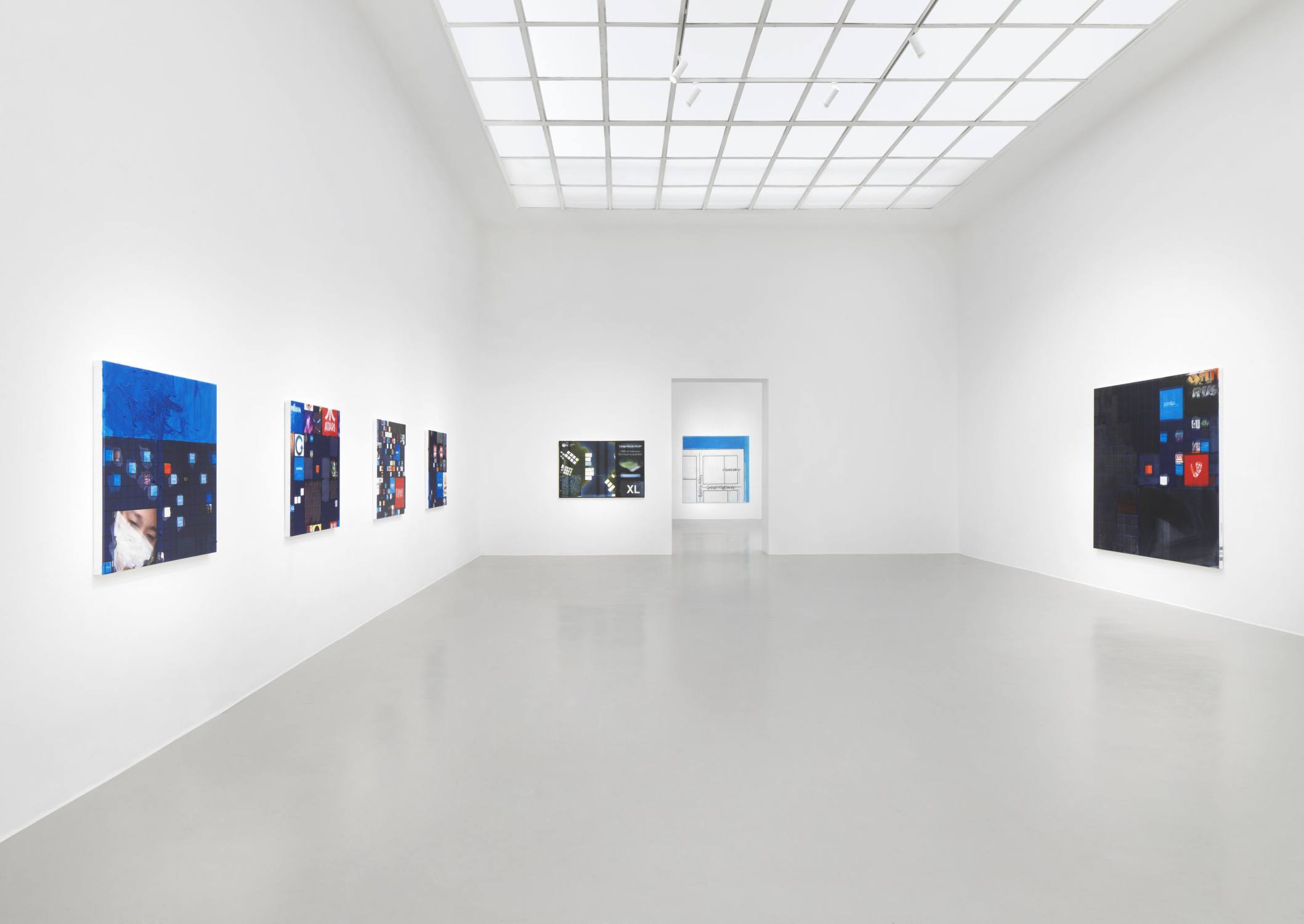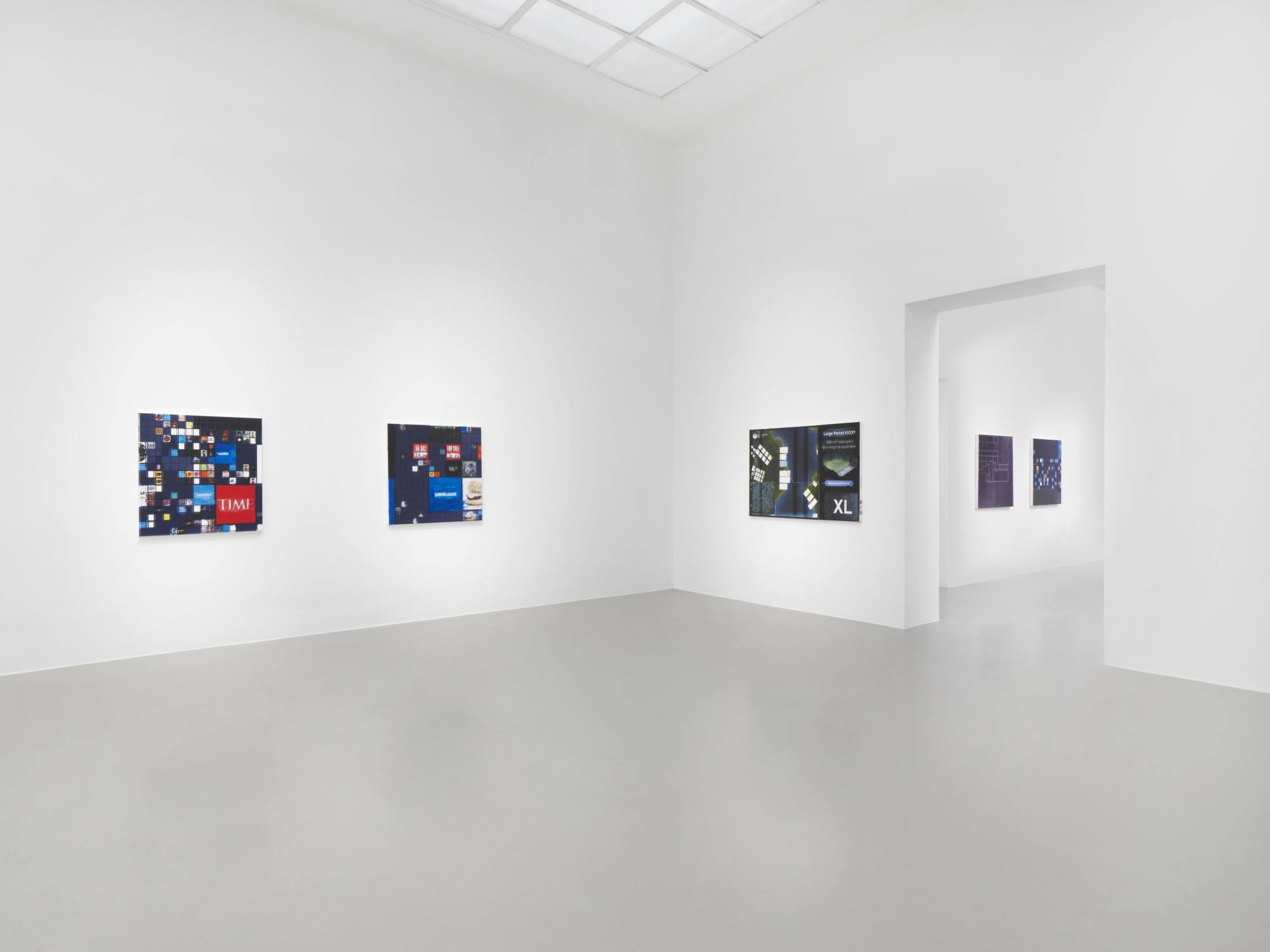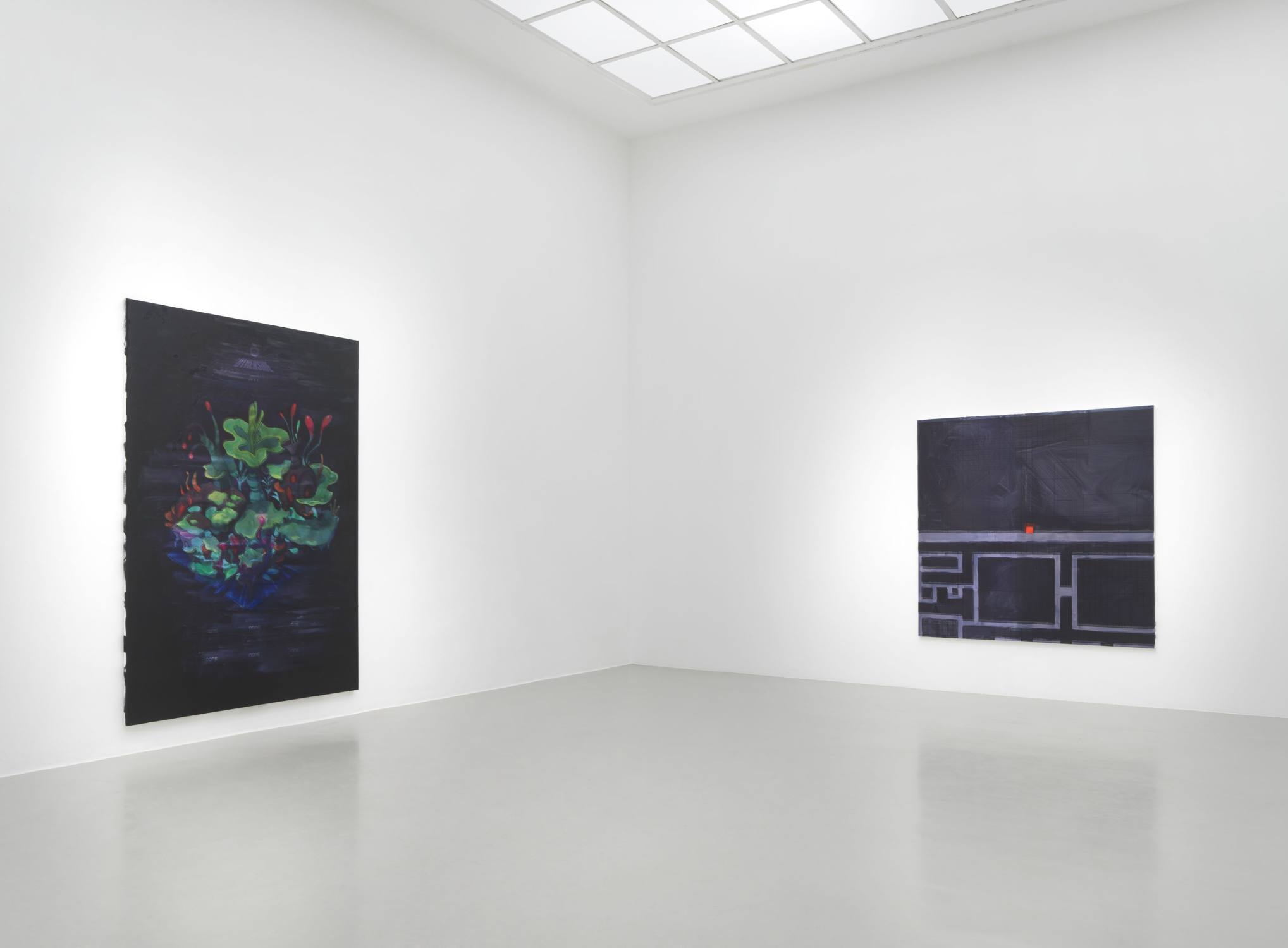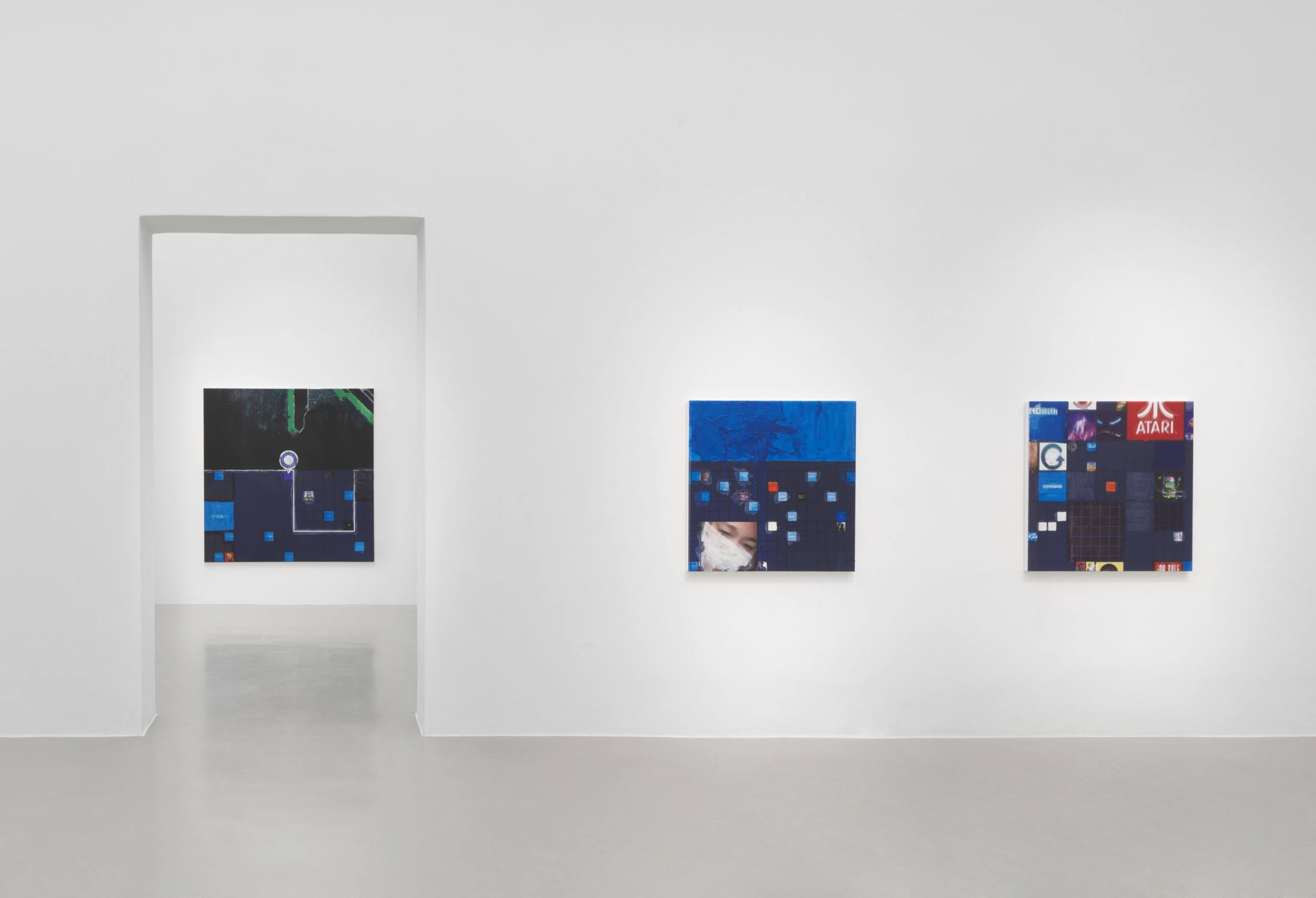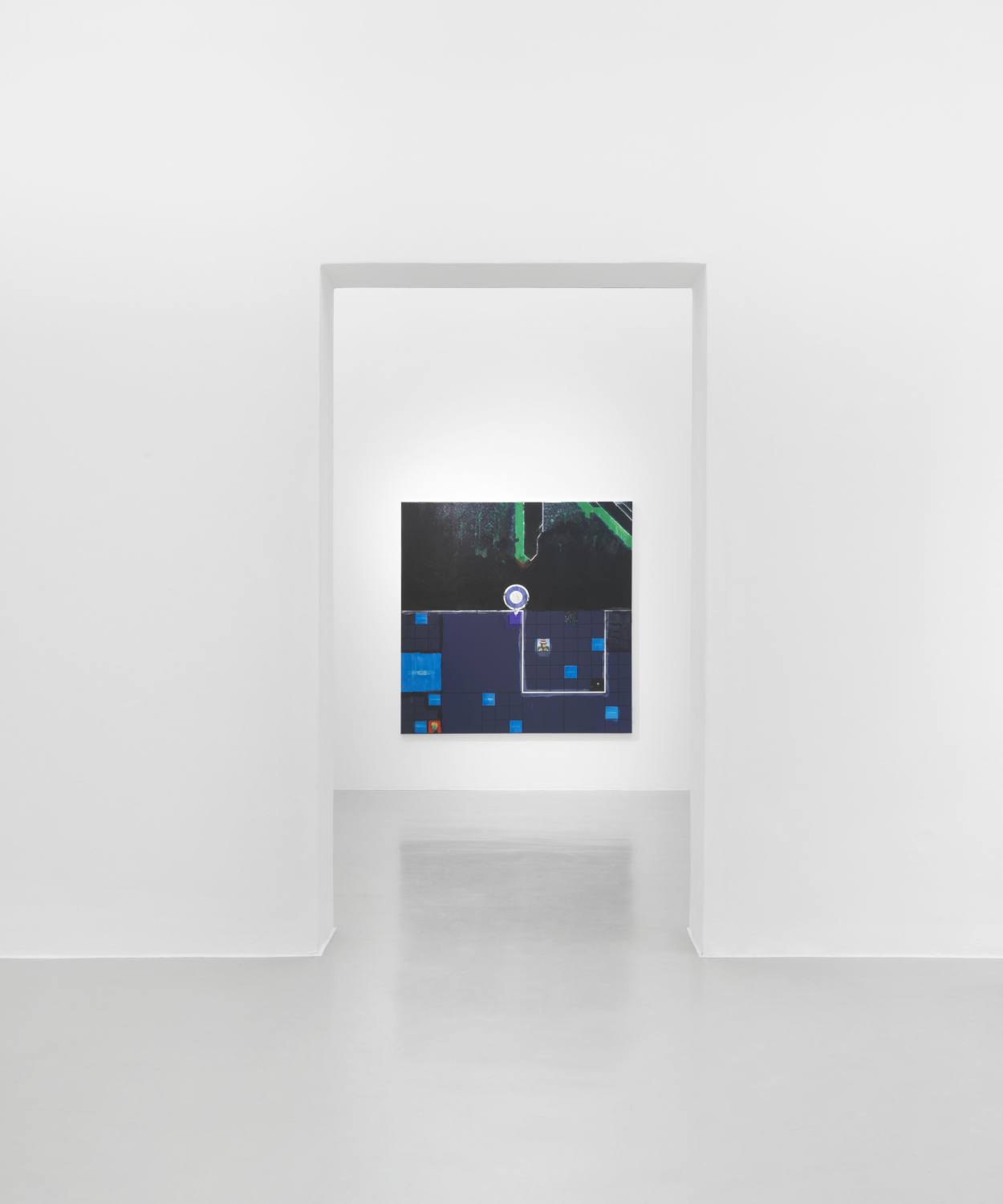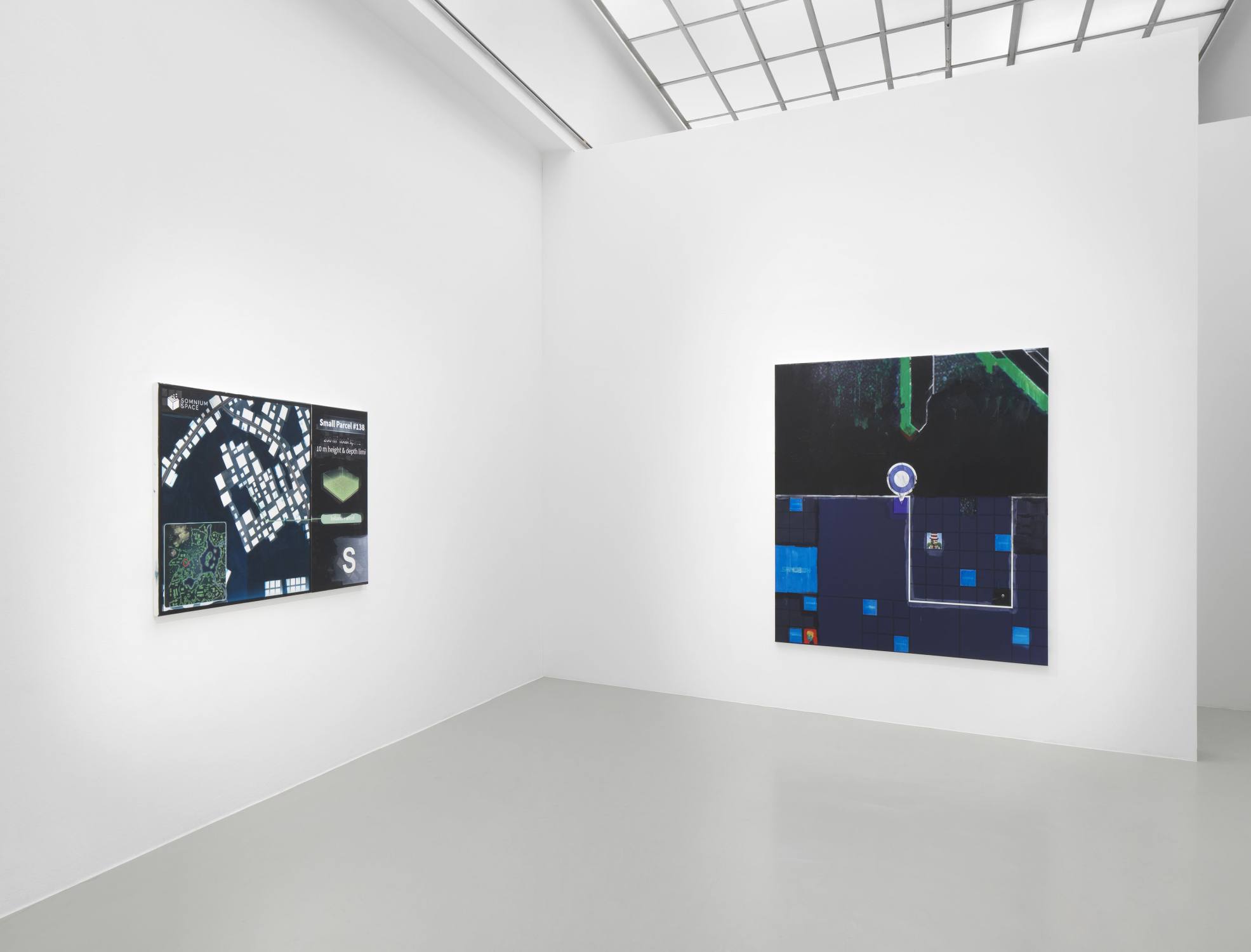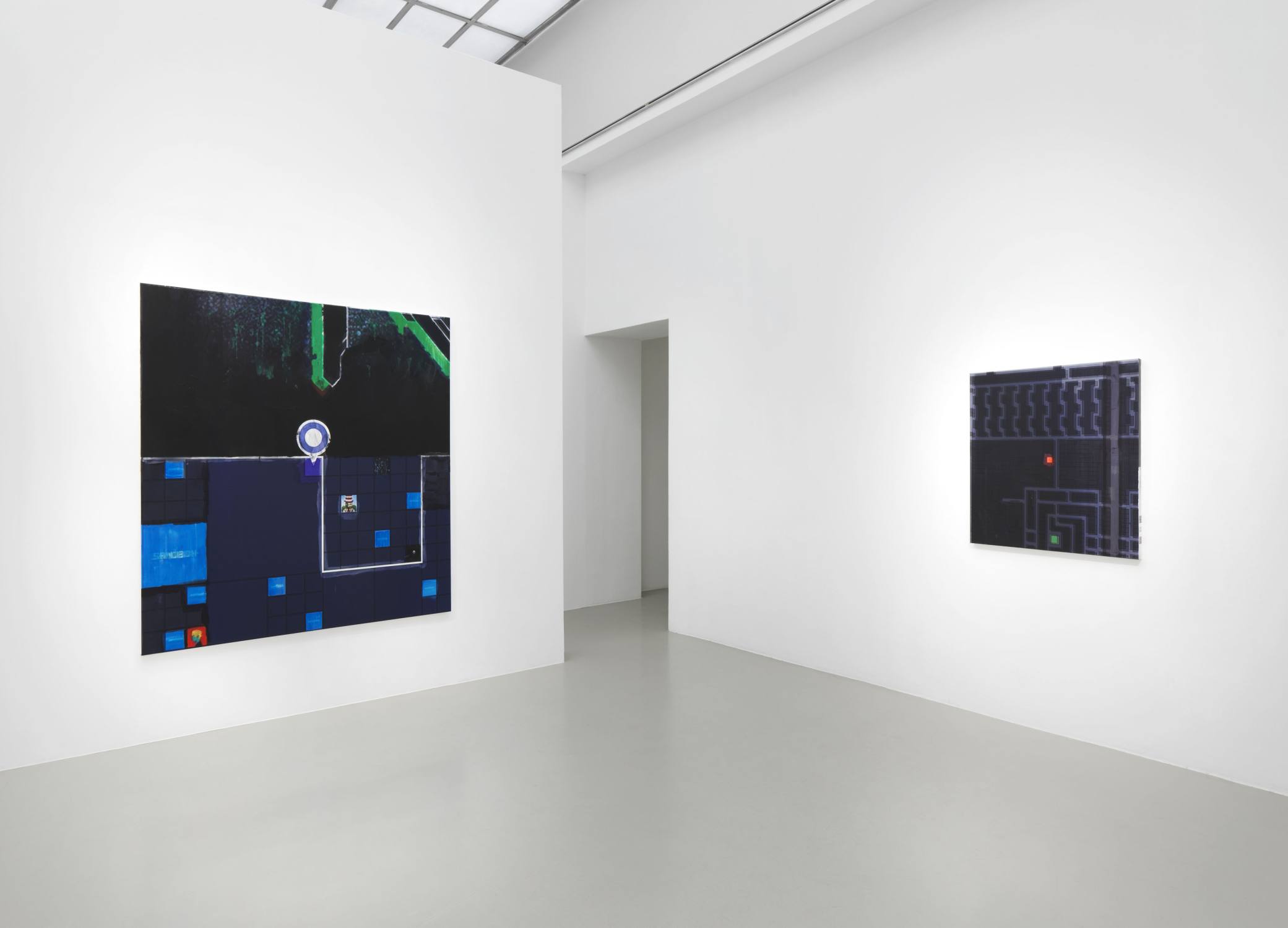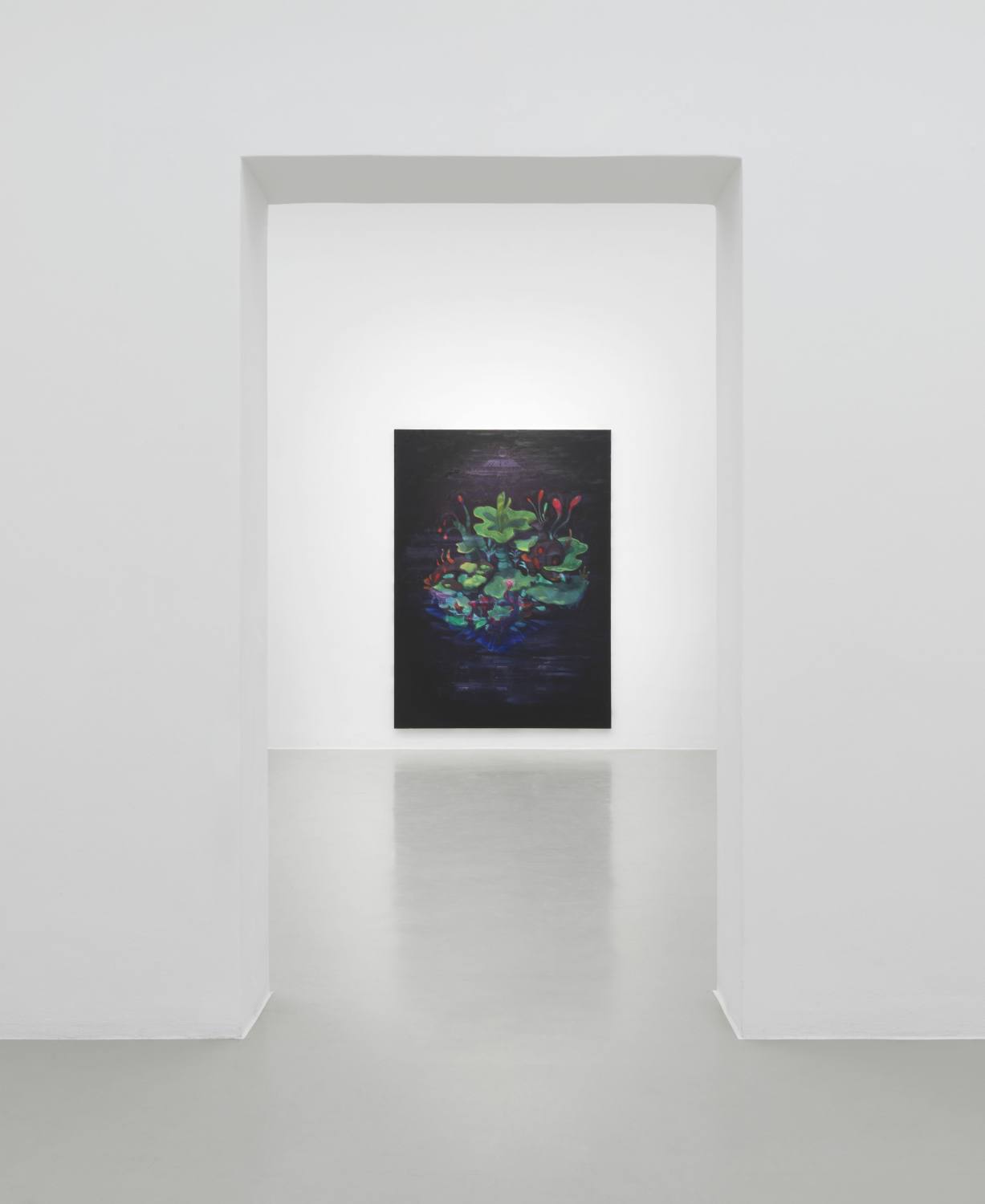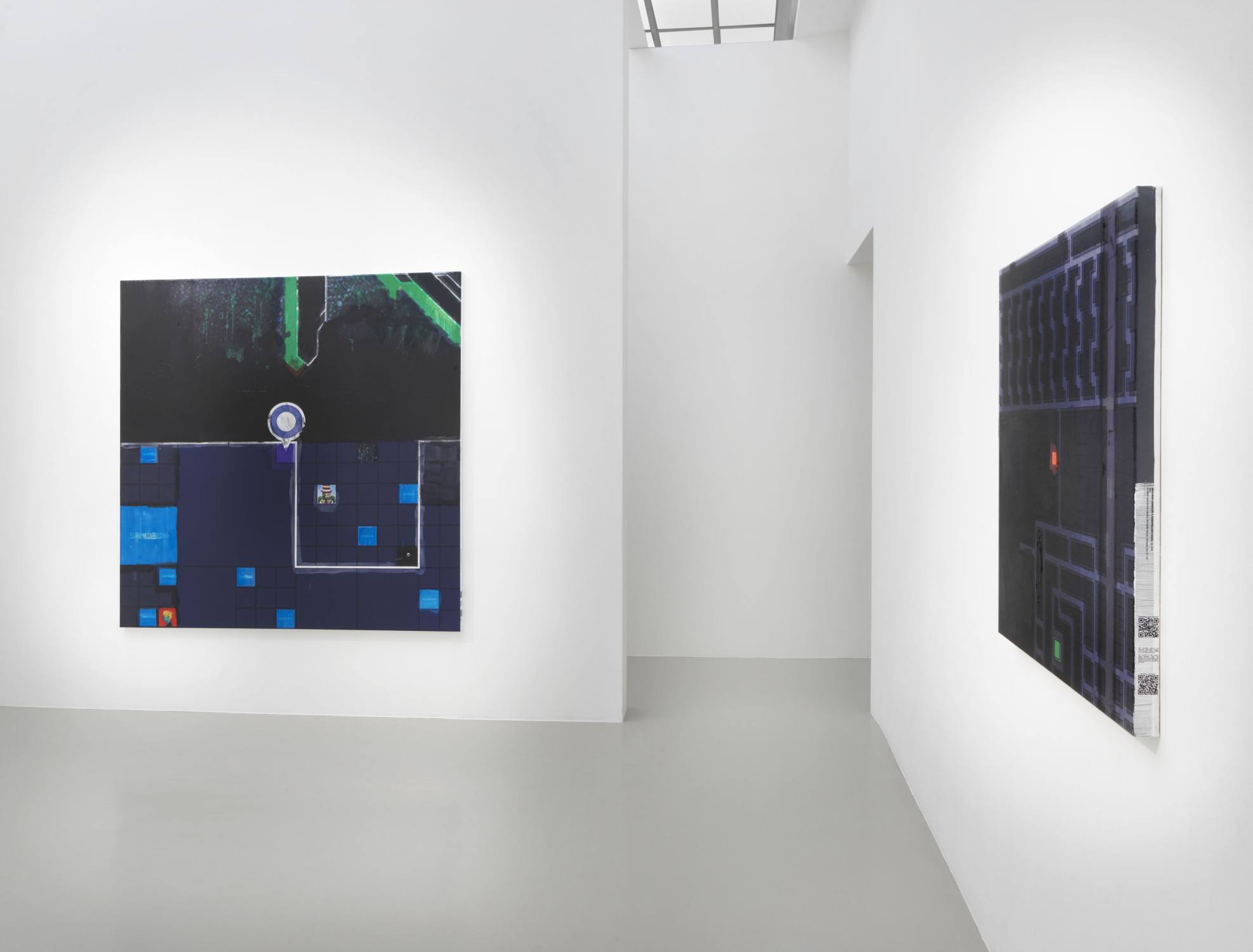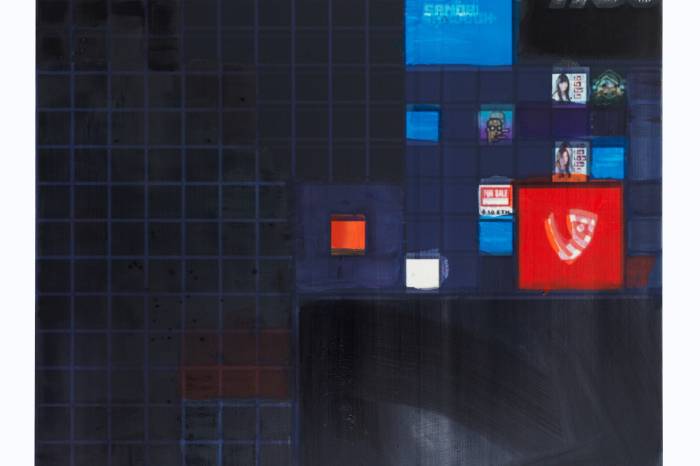Denny was interested in the emerging blockchain technologies early on. In projects such as Blockchain Future States (2016), he traced the history of cryptocurrency through a series of objects and installations. Later, in Dotcom Séance (2021), more than twenty companies that had gone bankrupt with the bursting of the “dotcom bubble” in 2001 were artistically revived, their potential existence reimagined with the help of an AI model and a crypto artist . The work evokes, as Denny puts it, “something uncanny, like that in the world of technology and business, nothing goes away—it just reappears in different forms.”
Metaverse Landscapes , Simon Denny’s latest series of works, which the Kunstverein Hannover is honored to honor with a solo exhibition, offers a glimpse into some of the rapidly growing immersive virtual worlds made possible by blockchain technology. Denny looks at the mechanics and visual expression of “metaverse” spaces that offer users different interactions: from social networking to bespoke characters, to buying and selling collectibles and finally digital real estate.
Metaverse Landscapes draws on art-historical borrowings from landscape painting, modernist abstraction, and techniques used today to illustrate virtual territories. With a combination of UV printing and oil painting, the works convey fragments of metaverses – not as they are experienced by their users in real time, but as they are presented on sales platforms – e.g. OpenSea. These depictions are reminiscent of the strategies of European colonial powers, of sea voyages and actions to claim for themselves what they found: picturesque illustrations of “exotic” vistas or bird’s-eye views that present the land as new and freely available for any use .
In a technologically mediated present, where platforms like Google Maps claim to capture the world in its entirety, Denny confronts the viewer with a map that is in reality a landscape. Metaverse Landscapes reflect social and political circumstances that emerge in a decentralized marketplace. Here the map precedes the territory. And while that territory is conveyed through the screen, its landscapes are created by the people who make up the actual network.
